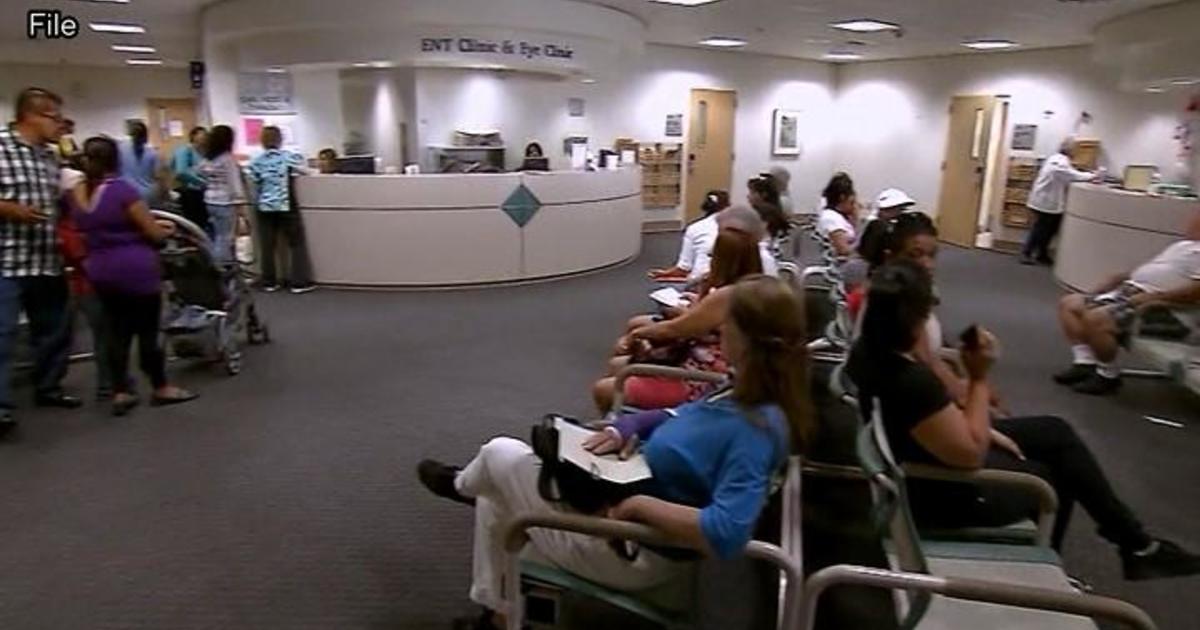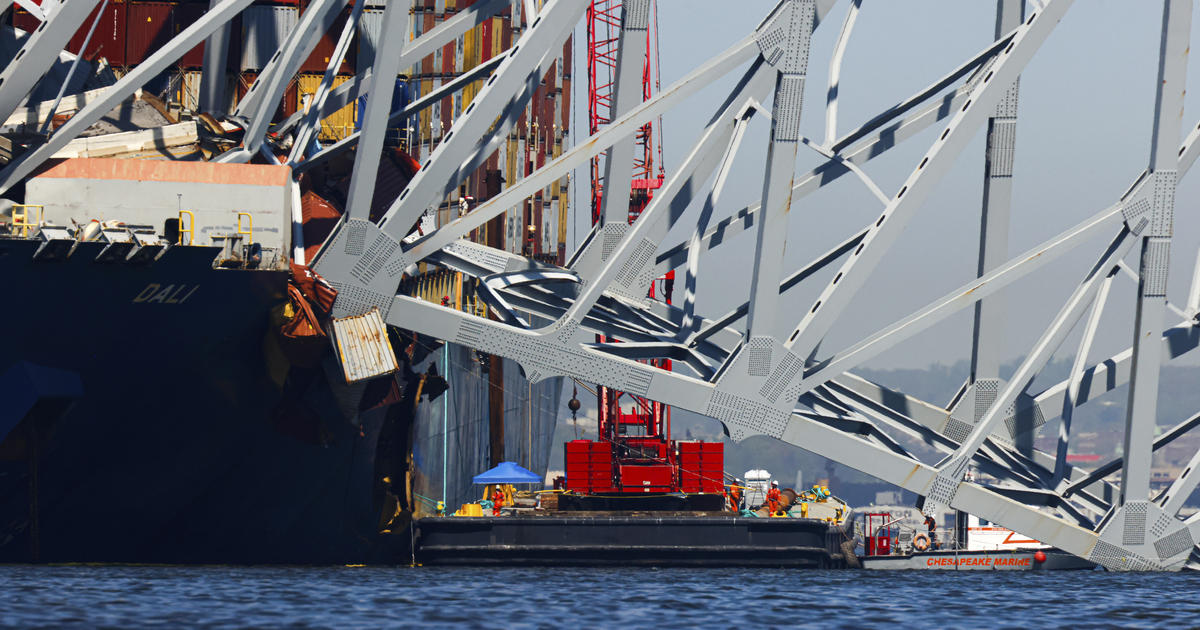Drinking Water Contaminant Levels Found Too High At Sampling Site
BALTIMORE (WJZ)— A Department of Public Works sampling found too much haloacetic acids (HAA5) at its Lutherville sampling site between October 2012 and September 2013.
DPW says the violation was not an emergency and customers do not need to boil their water or take other corrective actions. If it had been an emergency, the affected customers would have been notified immediately.
The quarterly sampling showed an average value for HAA5 at the Lutherville sampling location at 62 parts per billion—which exceeded the maximum permitted level of 60 parts per billion by 2 parts per billion.
The annual averages for all other sampling locations were below the maximum allowable level.
HAA5 form when disinfectants used in the water purification process react with natural organic matter in water. People who drink water containing HAA5 in excess of the maximum contaminant level over many years may have an increased risk of getting cancer.
Customers with severely compromised immune systems, infants, pregnant women, and the elderly are at an increased risk, and may wish to seek advice from their health care providers.
DPW says it has a number of plans in place to help reduce HAA5, including covering finished water reservoirs, increased mixing of water at its storage tanks, and replacing older distribution pipes. Some of these efforts are already being enacted, while others will require several years to complete.
Its most recent sample value for HAA5 was below the maximum permitted level.
Other Local News:



